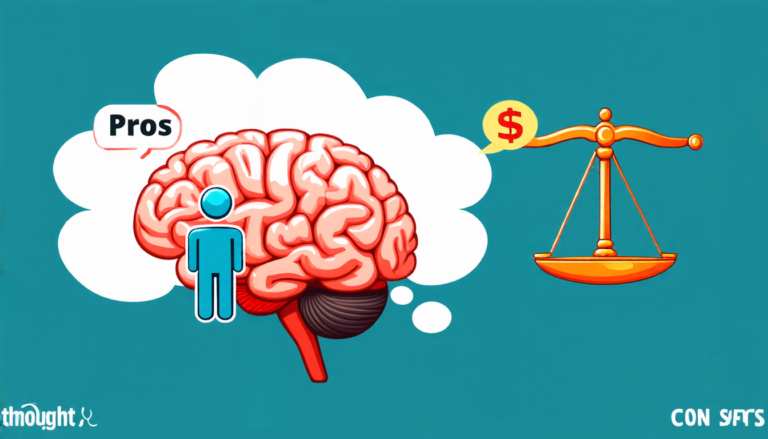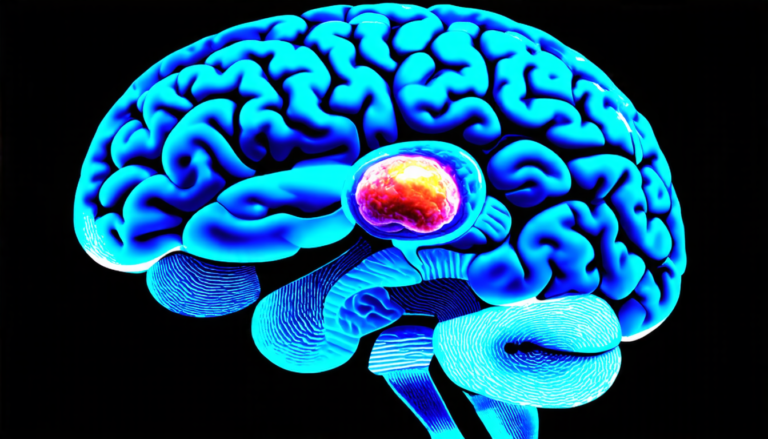Thursday 10 April 2025
Recently, a team of researchers has made significant strides in developing an artificial intelligence model capable of analyzing and interpreting complex brain signals. This breakthrough has far-reaching implications for our understanding of the human brain and could potentially lead to new treatments for neurological disorders.
The model, known as BioSerenity-E1, uses a combination of machine learning algorithms and advanced mathematical techniques to analyze electroencephalography (EEG) data. EEG is a non-invasive technique that measures the electrical activity of the brain, and it’s commonly used in hospitals and research settings to diagnose and monitor neurological conditions.
BioSerenity-E1 is unique because it’s able to learn from large amounts of EEG data without being explicitly programmed with specific patterns or rules. This ability to self-learn is a key feature of artificial intelligence models, and it allows BioSerenity-E1 to identify complex patterns in brain activity that may not be immediately apparent to humans.
The researchers used a technique called masked prediction to train the model. Masked prediction involves randomly masking certain parts of the EEG data and then asking the model to predict what those missing pieces might look like. By doing this, the model is able to learn how to fill in gaps in the data and make predictions about brain activity even when it’s incomplete or noisy.
The results of the study are impressive. BioSerenity-E1 was able to accurately identify specific patterns of brain activity associated with different neurological conditions, such as seizures and sleep disorders. It also performed well on more complex tasks, such as identifying subtle changes in brain activity that may not be immediately apparent to humans.
One of the most exciting aspects of BioSerenity-E1 is its potential to be used in real-world clinical settings. The model could potentially be used to help diagnose neurological conditions more quickly and accurately than current methods, which would allow for faster treatment and improved patient outcomes.
The researchers are also exploring ways to use BioSerenity-E1 to develop new treatments for neurological disorders. For example, the model could potentially be used to identify specific patterns of brain activity that are associated with certain symptoms or conditions, and then develop targeted therapies to address those specific issues.
Overall, the development of BioSerenity-E1 is a significant breakthrough in the field of artificial intelligence and neuroscience. Its potential applications are vast, and it has the potential to revolutionize the way we diagnose and treat neurological disorders.
Cite this article: “Deciphering Brain Signals: A Novel Framework for Unsupervised EEG Representation Learning”, The Science Archive, 2025.
Artificial Intelligence, Neuroscience, Brain Signals, Eeg Data, Machine Learning Algorithms, Mathematical Techniques, Masked Prediction, Neurological Disorders, Clinical Settings, Treatment Options.







